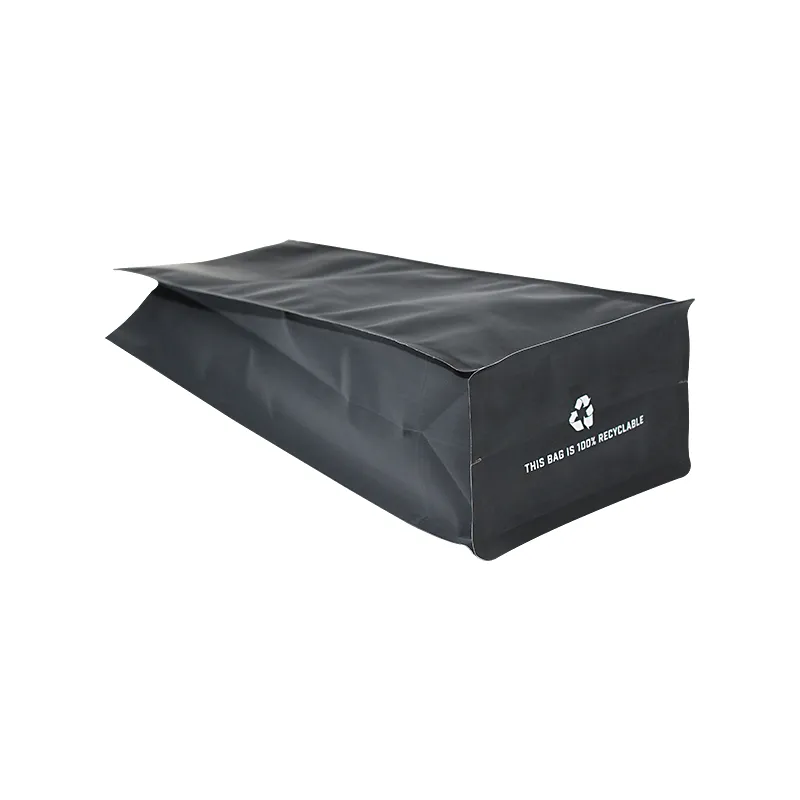- Afrikaans
- Albanian
- Amharic
- Arabic
- Armenian
- Azerbaijani
- Basque
- Belarusian
- Bengali
- Bosnian
- Bulgarian
- Catalan
- Cebuano
- chinese_simplified
- chinese_traditional
- Corsican
- Croatian
- Czech
- Danish
- Dutch
- English
- Esperanto
- Estonian
- Finnish
- French
- Frisian
- Galician
- Georgian
- German
- Greek
- Gujarati
- haitian_creole
- hausa
- hawaiian
- Hebrew
- Hindi
- Miao
- Hungarian
- Icelandic
- igbo
- Indonesian
- irish
- Italian
- Japanese
- Javanese
- Kannada
- kazakh
- Khmer
- Rwandese
- Korean
- Kurdish
- Kyrgyz
- Lao
- Latin
- Latvian
- Lithuanian
- Luxembourgish
- Macedonian
- Malgashi
- Malay
- Malayalam
- Maltese
- Maori
- Marathi
- Mongolian
- Myanmar
- Nepali
- Norwegian
- Norwegian
- Occitan
- Pashto
- Persian
- Polish
- Portuguese
- Punjabi
- Romanian
- Russian
- Samoan
- scottish-gaelic
- Serbian
- Sesotho
- Shona
- Sindhi
- Sinhala
- Slovak
- Slovenian
- Somali
- Spanish
- Sundanese
- Swahili
- Swedish
- Tagalog
- Tajik
- Tamil
- Tatar
- Telugu
- Thai
- Turkish
- Turkmen
- Ukrainian
- Urdu
- Uighur
- Uzbek
- Vietnamese
- Welsh
- Bantu
- Yiddish
- Yoruba
- Zulu
molded cardboard
The Versatility and Sustainability of Molded Cardboard
Molded cardboard, often referred to as molded pulp, has emerged as a significant player in the packaging industry. Its unique production process and eco-friendly characteristics make it a prime choice for manufacturers and consumers alike. This innovative material, derived from recycled paper products, serves a multitude of applications ranging from protective packaging to consumer goods, and even art installations.
The manufacturing process of molded cardboard begins with the recycling of waste paper and cardboard. These materials are pulped, mixed with water, and then formed into molds that are designed to hold specific shapes. Once the pulp is pressed into the molds, it is dried to create sturdy yet lightweight packaging solutions. This method not only reduces waste but also lowers the carbon footprint associated with traditional packaging materials like plastic or Styrofoam.
One of the primary advantages of molded cardboard is its environmental sustainability. In an age where climate change and environmental degradation are at the forefront of global concerns, the demand for renewable and biodegradable packaging solutions has surged. Molded cardboard is fully recyclable, compostable, and made from renewable resources. This makes it an ideal alternative to single-use plastics which contribute significantly to pollution and landfill waste.
Another appealing aspect of molded cardboard is its versatility. It can be designed into various shapes and sizes to accommodate different products, from electronics and glassware to delicate foods like fruits and baked goods. Companies such as Amazon and Apple have started to integrate molded cardboard into their packaging strategies to reduce environmental impact while ensuring that their products arrive safely and securely to consumers. Additionally, this material provides excellent cushioning, effectively protecting fragile items from damage during transit.
molded cardboard

In recent years, molded cardboard has also found its way into the retail and consumer markets
. Many companies are now using it for product displays, trays, and even shopping bags. This trend not only enhances the ecological credentials of brands but also appeals to environmentally conscious consumers who prefer to support businesses that prioritize sustainability. The aesthetic quality of molded cardboard adds a rustic charm, making it an attractive choice for boutique stores and artisanal products.Moreover, molded cardboard is highly customizable. Manufacturers can easily print logos, product information, and branding elements directly onto the material, allowing for greater marketing opportunities. This flexibility encourages brands to create engaging tactile experiences for consumers, thereby enhancing brand recognition and loyalty. As consumers increasingly seek transparency in the products they buy, molded cardboard allows companies to communicate their commitment to sustainability effectively.
Nevertheless, the transition to molded cardboard is not without challenges. For one, the production cost can be higher than that of conventional materials, especially during initial implementation. However, as the demand for sustainable packaging continues to rise, and as production processes become more efficient, it is anticipated that these costs will decrease. Additionally, the availability of high-quality recycled fibers is critical to maintaining the standards expected from molded cardboard packaging; thus, establishing a consistent supply chain is crucial.
Education and awareness play a key role in fostering the adoption of molded cardboard. Consumers need to be informed not only about the benefits of this material but also about how to properly recycle and dispose of it to maximize its eco-friendly potential. Collaborative efforts between manufacturers, retailers, and consumers can create a circular economy where molded cardboard is utilized efficiently, reducing waste at every stage of its lifecycle.
In conclusion, molded cardboard stands at the forefront of sustainable packaging solutions. Its eco-friendliness, versatility, and customization options make it a compelling choice for a wide range of applications. While challenges remain in terms of cost and supply chain logistics, the growing movement toward sustainability is paving the way for molded cardboard to become a mainstream packaging solution. As we look to the future, embracing materials like molded cardboard will be crucial in creating a greener and more sustainable world.













